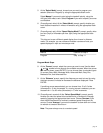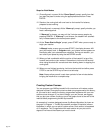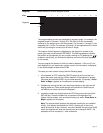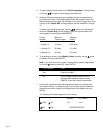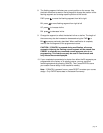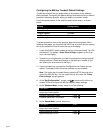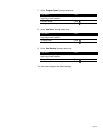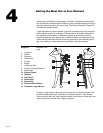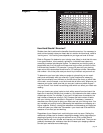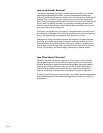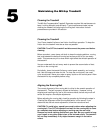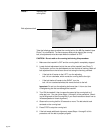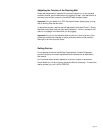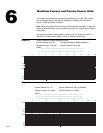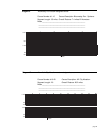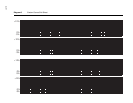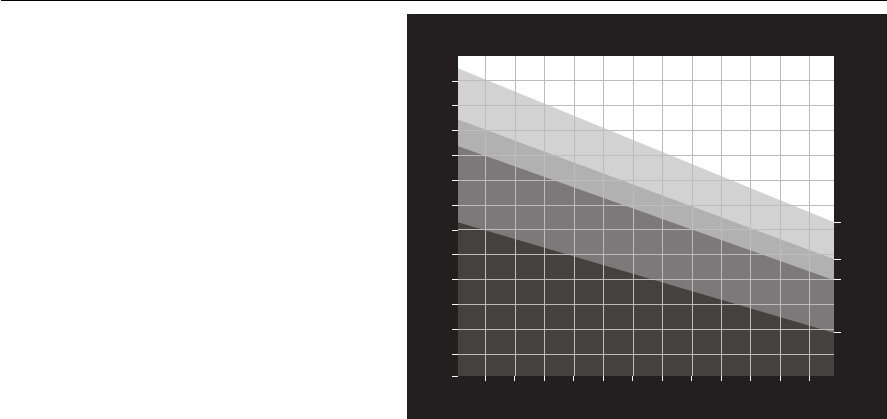
page 23
YOUR AGE
YOUR HEART RATE
MAXIMUM ATTTAINABLE HEART RATE
85%
90%
100%
70%
145
150
155
160
165
170
175
180
185
195
200
190
102
105
108
112
115
119
123
126
130
133
136
140
123
128
132
136
140
145
149
153
157
162
170
166
131
135
139
144
148
153
157
162
175
180
171
166
757065605550454035302520
80
90
100
110
120
130
150
140
160
170
180
190
200
Advanced
Intermediate
Beginner
HEART RATE TRAINING ZONES
How Hard Should I Exercise?
Studies show that to achieve the benefits of aerobic exercise, it is necessary to
work out hard enough raise your heart rate to a certain minimum level, called a
“training zone.” Your training zone depends on your age and level of fitness.
Refer to Diagram 3 to determine your training zone. Keep in mind that this zone
is an approximation, to be used as a guideline—individual heart rates vary
according to several physiological factors. To determine your training zone, or
target heart rate, find your age and fitness level on the chart, and then find the
line where they intersect. For example, if you are 35 years old, your training
heart rate at the intermediate fitness level is 157 beats per minute. Remember
this number—this is the pulse rate you should try to maintain as you work out.
To determine your heart rate, take your pulse at a place that you can reach
easily and comfortably while you exercise. Typical locations for measuring
heart rate are directly over the heart on the left side of the chest, on either side
of the neck, over the temple, or on the thumb side of either wrist. Wherever you
measure your pulse, make sure that you use your index and middle fingers—
not your thumb
. Your thumb has a strong pulse which can affect your heart rate
reading.
Once you locate your pulse, look at a clock with a second hand and count the
beats for six seconds. Multiply that number by 10 to determine the total number
of beats per minute. For example, if you count 14 beats over six seconds, the
total number of beats per minute is 140. Compare the total number of beats
with your training zone as identified in Diagram 4. If necessary, increase or
decrease your activity level to bring your heart rate into your training zone. You
can increase your activity level by decreasing the resistance and stepping at a
higher cadence. Similarly, raising the resistance and decreasing your steps per
minute will lower your heart rate.
Remember—your heart rate is the definitive
measure of how hard you are working.
Regardless of your fitness level, avoid doing too much too soon. Setting the
resistance cylinders too far forward, stepping too deeply (taking large steps) or
stepping too quickly for too long are common errors. Give yourself time to
become familiar with your climber and improve your fitness level. Then you can
gradually decrease your resistance level and increase your stepping cadence
to make your workouts more challenging.
Diagram 3
Your heart rate.



